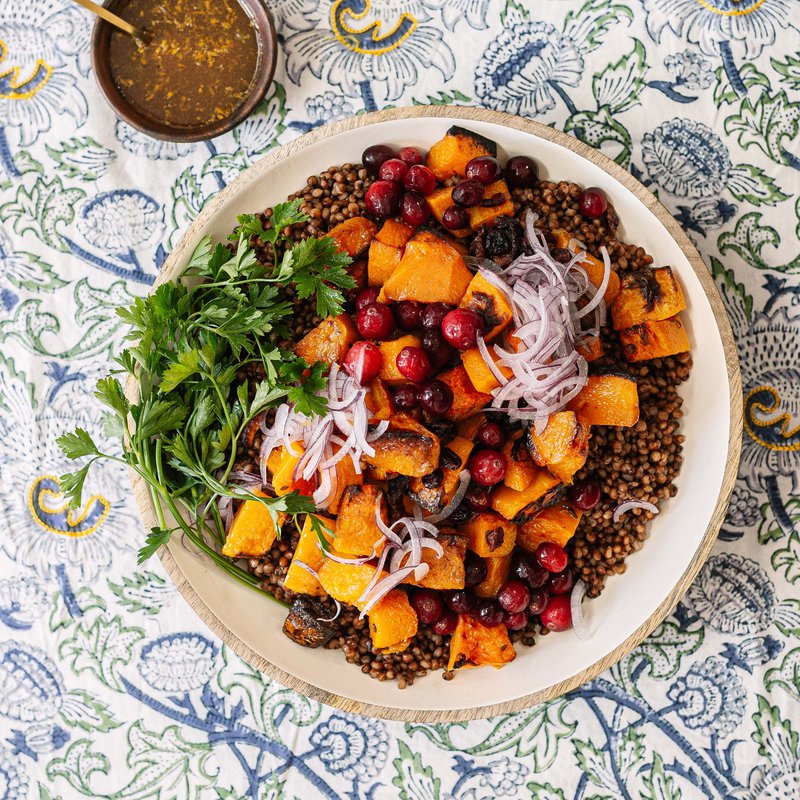Sorghum
Sorghum is a cereal grain that originated in Asia and Africa where it has been consumed for centuries. It is now grown across the world in a wide range of temperatures and altitudes. Sorghum is high in dietary fibre and is naturally gluten free thereby making it an excellent alternative for people with gluten-related allergies. It is rich in nutrients including a few B vitamins and is also a good source of protein.
Freekeh
Freekeh has been a staple grain in the Middle East long before it gained popularity in Western cuisine. It is wheat that is harvested while young and green and it has a distinct nutty flavour.
It is rich in protein and fibre and it is also high in zinc and iron, which are both important for bone and muscle health. Cracked freekeh has a shorter cooking time than whole freekeh, but it retains the same nutritional content.
Bulgur
Bulgur wheat originated in the Levant where it continues to be widely eaten. It is a cereal grain derived from cracked whole-grain kernels of wheat that are parboiled and dried before being packed. It is a good source of fibre and essential nutrients like magnesium and iron. Several studies have revealed that including foods such as bulgur in your diet can improve gut health and promote weight loss.
Kamut
Kamut or khorasan wheat is an ancient grain that is twice the size of modern-day wheat. It has a higher nutritional profile than common wheat, containing up to 40 per cent more protein. It is also known as the ‘high energy grain’ because it is has a high percentage of lipids, which release more energy than refined carbohydrates. Add it to soups, stir-fries and salads or use it as a replacement for regular breakfast oats.









